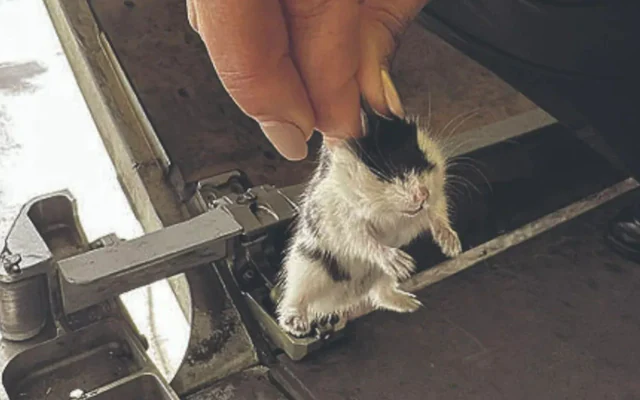September 29, 2025
A plane’s operations were disrupted for five days after more than 130 hamsters escaped on board, causing chaos and grounding flights temporarily.

A bizarre incident in aviation has captured global attention after more than 130 hamsters escaped aboard a cargo plane, leading to the grounding of operations for five days. The event, reported by The Telegraph, highlights both the challenges of transporting live animals and the unexpected ways small creatures can cause major disruptions.
The incident occurred when a shipment of hamsters, intended for pet stores, was being transported on a cargo flight. Due to unknown circumstances, the animals managed to escape their containment units during transit. Once loose, they caused significant logistical and operational challenges for the airport and airline personnel.
Airport staff described the scene as chaotic, with efforts to recapture the hamsters taking several days. The escaped rodents managed to infiltrate cargo areas, wiring compartments, and even sections of the plane, posing safety risks to both the aircraft and personnel. Biosecurity teams were brought in to ensure that all hamsters were safely retrieved without harm.
The grounding of the plane for five days disrupted schedules, delayed other cargo shipments, and attracted significant media attention due to the unusual nature of the incident. Passengers and airline customers were affected indirectly, while aviation regulators issued guidance on improving the transport of live animals to prevent similar events.
Animal transport experts emphasized the importance of secure containment, proper monitoring, and staff training when handling live cargo. While incidents of animals escaping are rare, this case serves as a reminder of how fragile containment systems can have cascading effects on logistics and operations.
Social media quickly picked up on the story, with users sharing humorous memes and commentary about the “hamster chaos.” Aviation enthusiasts and animal lovers alike discussed the story, drawing attention to the human and operational side of live animal transportation.
For the airline, this incident represented both a public relations challenge and a logistical headache. Officials noted that additional safety protocols would be implemented in future shipments to prevent escapes, and all remaining hamsters were accounted for and delivered safely to their intended destinations.
The story also sparked discussions about animal welfare and the ethical treatment of pets during transport. Organizations called for stricter regulations to ensure that animals are handled carefully and that stress or injury is minimized during transit.
Although this may be considered a humorous incident by the public, the operational impact on the airline industry is significant. Grounded planes disrupt schedules, cost airlines millions in delays, and affect confidence in cargo transport systems. Experts suggest that more rigorous checks and innovative containment solutions are needed to prevent similar scenarios in the future.
In conclusion, the escape of more than 130 hamsters is a rare but striking example of how even small creatures can create large-scale disruptions. For the airline and airport staff, it was a logistical nightmare, but for the public, it was a lighthearted news story that combined pets, planes, and a little chaos in equal measure.